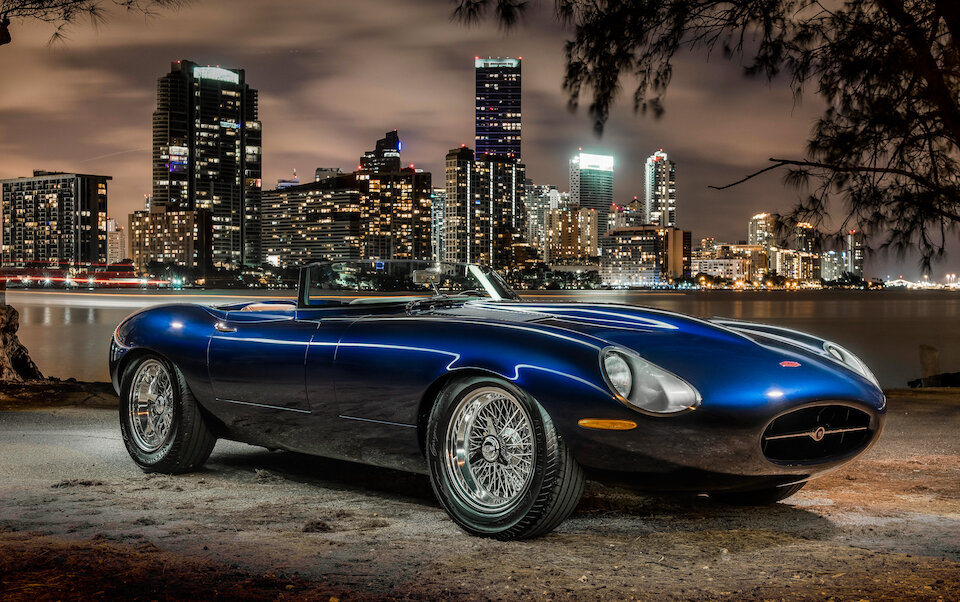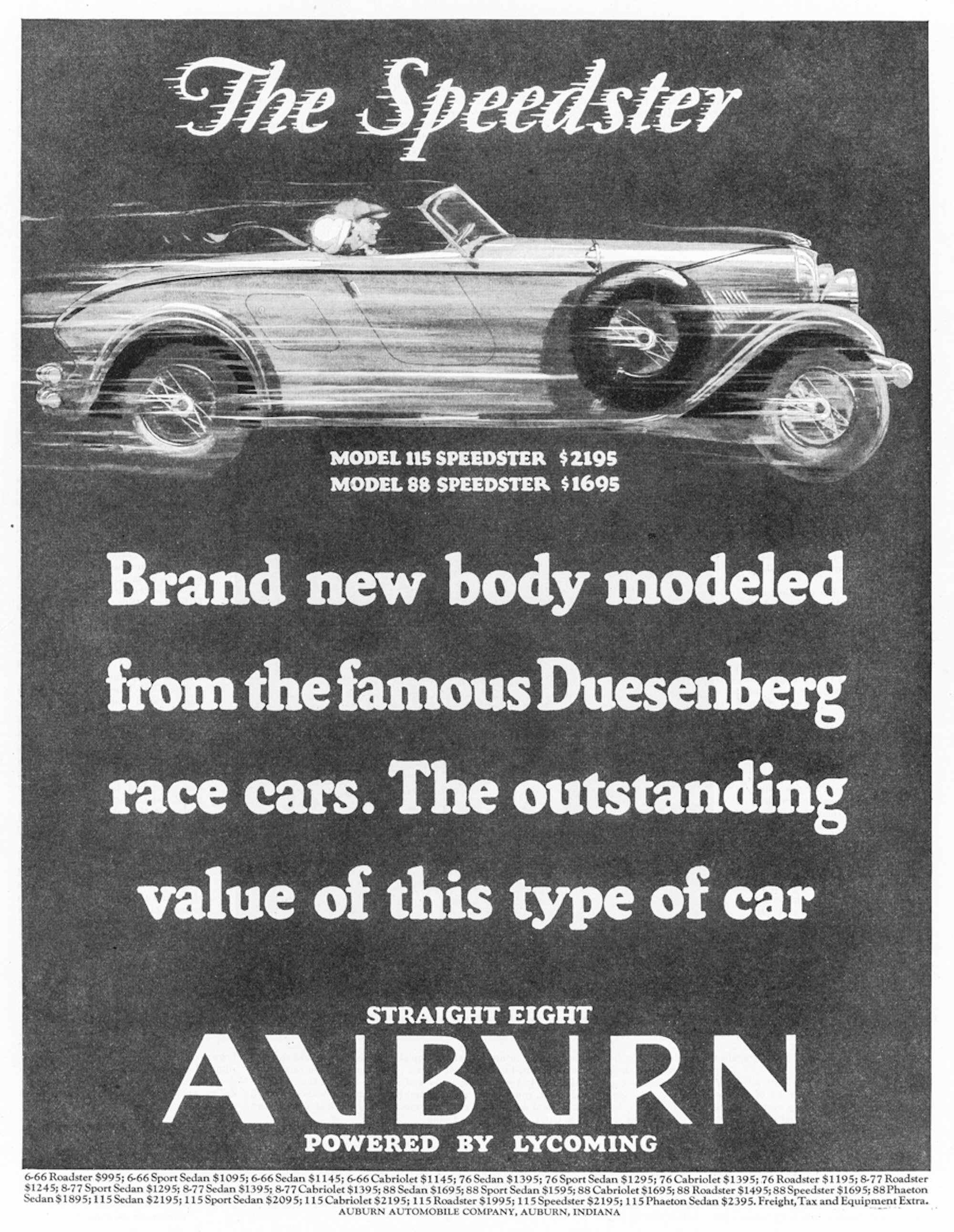Have you ever wondered when and how the hotrod movement started? Or speed and endurance events? Landspeed racing? Hillclimbing? Or anything involving power, speed, or just having some fun in an automobile? This book—Classic Speedsters—covers all of that, and much more. Read on….
First time ever—in print—a book about Speedsters!
This book represents ten years of research and writing on the topic, a quest for answers to a question that had been dogging me since I was a child of ten:
“Just what IS a speedster?”
I could not find an extensive text on the subject—a book. And the more that I discussed the subject with fellow auto enthusiasts, the more I realized that many, too, were curious about what a speedster was, since they could not find enough information on the topic to be informed. It seems that others had also been looking for that elusive book (that would answer this question).
And so, I decided to write that book. Below is a synopsis.
Classic Speedsters: The Cars, The Times, and The Characters Who Drove Them chronicles the most significant vehicles ever to have traveled American roads and racetracks. Speedsters were the pizzazz cars of their era. Speedsters were owned by entertainers, captains of industry, the wealthy, and in some cases, the everyday guy or gal. They were often expensive, but they were always fast and sexy. Speedsters were America’s first sports cars.
PACO racing body for the Model T speedster, one of many companies that produced a speedster for the Model T speedster movement. Covered in the book!
Each chapter frames the birth and evolution of a company that produced a speedster model in its lineup and includes a biography of a famous owner of the period. This book traces the journey of the speedster concept across several time periods, from 1894 to 1970. It examines the speedster’s story among 12 automotive companies, 11 of which were American.
This is the first automotive book to study the speedster concept in depth. A broad swath of speedsters from 12 different manufacturers (actually—there are 13 companies in the book) are examined in order to distill the essence of this singular model.
The companies and the speedsters that they produced are framed within the context of their time to better understand how technology and market forces shaped the success and failure of these companies (and their cars). The people who were drawn to and purchased these vehicles—why did they? This too is examined and discussed.
1931 Cord L-29 Speedster. This is a recreation because the real example mysteriously disappeared after it was shown at a European concours. Where is it now? is one of the mysteries that surround many speedsters.
2020 Eagle Speedster. Get close to one of these and you will feel its magic. We call that speedster mojo!
Classic Speedsters: The Cars, The Times, and The Characters Who Drove Them informs, enlightens, and entertains the reader with in-depth research about important cars that once roamed the streets of the world. This book answers three fundamental questions about the speedster:
Why were these cars so important and influential?
Why did so many prominent people own them?
What message do they have for modern design?
= Pages from the Book =
Below are some examples of chapter openers.
Each chapter opens with a company image to show how they envisaged their products.
Mercer’s fame was built from performance and results at the track. The Raceabout was their raison d’etre.
Kissel created an American classic to German standards of fit and finish. Truly remarkable speedsters, too!
The book features over 350 images; each chapter is full of images and well-researched content. Below are examples from three chapters.
Ch. 5 Stutz—a company that was born into racing and record-setting, it would later stand for luxury and adventurous living.
Chapter 6 covers the Ford Model T and the speedster phenomenon that grew from that little old flivver. The beginning of the speed parts industry, the custom body saga, the hotrod movement—all had their beginnings here. We explore the Model T speedster story in this chapter.
Franklin was based on lightweight engineering principles and held to that philosophy through most of its tenure. Always air-cooled, Franklins were unique and held sway on the national scene after they hitched their promotions to the emerging interest in aeronautics. The Franklin Airman series and the Dietrich-designed Speedster were classics in their time!
Included in each chapter is a biography of a noteworthy character who owned or drove one of the speedsters in that particular chapter. You’ll be surprised to find out who some of them were!
Edsel Ford designed and built speedsters from childhood, and even after he became president of Ford Motor and Lincoln. In addition to this passion for fast cars, Edsel was a patrician of the Detroit art scene, a family man, and a gifted designer. Several of his creations stand tall as classics in the car world, including his one-off speedsters.
Thomas “Tommy” Hitchcock owned and drove a 1930 Packard Speedster Roadster and is the subject of the biography that accompanies the Packard chapter. Although born into privilege, Tommy instead dropped out of prep school and joined the Lafayette Flying Corps in 1917 to fly and fight. Credited with two “kills” while behind enemy lines, Tommy was himself shot down and imprisoned by the enemy, during which he escaped while on a prison train to flee to Switzerland. After WWI Hitchcock went on to live a remarkable life that inspired two F. Scott Fitzgerald characters. Truly a man’s man, and of course he drove a Packard 734 Speedster Roadster!
James Dean’s biography ends the twelfth and last chapter, that of the Porsche 356 Speedster. Dean achieved iconic status after only three movies, as he perfectly represented misunderstood youth, an image that has credence even to this day. Dean owned and raced his 356 Speedster until the Fates tempted him with a hotter ride, a Porsche 550 Spyder. A car that he drove to his untimely death….
Five Points of Interest about the Book’s Content
Auburn made what can be called second- and third-generation speedsters, cars with a sport body and more creature comforts. The generations are discussed and time-lined in the book..
1. First-generation speedsters were virtually race cars that were minimally outfitted—fenders, lights, a horn and whatnot—for making them street-safe and accessible to everyday drivers. They were often touted as designed for the robust and the daredevil, a manly-man type of vehicle, distinctly not meant for namby-pambies.
2. Famous and sometimes notorious characters were drawn to speedsters because of the challenge that the cars presented and the attention that they attracted. Barney Oldfield owned and drove several, and Joan Cuneo was a fellow competitor on road and track circuits of that period. Cuneo, a post-Victorian woman, married and with two children, referred to herself as “speed mad!”
3. Other famous owner-drivers of speedsters: Edsel Ford, who designed them from age ten and made several during his lifetime; Amelia Earhart, whose friend once said that “Amelia loved her Kissel Speedster like a pet dog.” Errett Lobban Cord, founder of the Auburn, Cord, Duesenberg automobile dynasty, started his career by making and selling Ford Model T speedsters.
4. The Kissel Automobile Company of Hartford, Wisconsin, consistently manufactured and sold Kissel Speedsters during 21 years of operations, from 1909 until it closed its factory doors in 1930.
5. James Dean owned and successfully competed in his 1955 Porsche 356 Super Speedster. However, soon after being bitten by the “go faster” bug, Dean soon traded in his 356 Speedster for a much more powerful Porsche, the Type 550 Spyder—a track-focused speedster model from Porsche. It was in his 550 Spyder that Dean unfortunately met his fate on the way to Salinas, where he had been slated to race it. RIP, James.…
In 2018 I began writing about my research on speedsters in my blog, Classic Speedster. Since the book itself focused on a limited group of cars and companies, I widened my scope in the blog to include speedsters and their companies that were not exclusively in the book. There were scores of manufacturers making speedsters; this was a rich vein to mine.
I’ve also written several articles that are chapter excerpts from two chapters of the book, two which were published in Antique Automobile magazine. and now two in Horseless Carriage Gazette. My article on the Packard speedsters, which was taken from my chapter nine—on Packards, has won two awards for excellence in reportage.
Book Details and Purchase Information
Book Title: Classic Speedsters: The Cars, The Times, and The Characters Who Drove Them
By: Ronald D. Sieber, Ed.D.
Published by: Steering Wheel Press Inc Copyright 2021 ISBN-13: 978-1-7379834-0-8
Available on this website—ClassicSpeedsters.com—click the “Add to Cart” button.
Price: $80 + $6 shipping & handling USA. Sales tax may apply.
Overseas purchases: We know that overseas shipping rates are excessive for physical books. Our best advice at this point for areas of the world (other than the USA) is to go in with a group of like-minded enthusiasts and order your books together. Mail rates drop significantly as size and weight increase, and so the net mailing cost per book drops too. Email us at SteeringWheelPress@gmail.com for a quote; we can make this work!
Book Specs: 10.25” x 10.25”, 304 pages. 351 color/B&W images; weight 5 lb. 1 oz.
Classic Speedsters is a book that will be worthy of your library collection. Click the “Add to Cart” button below to order the book.
















